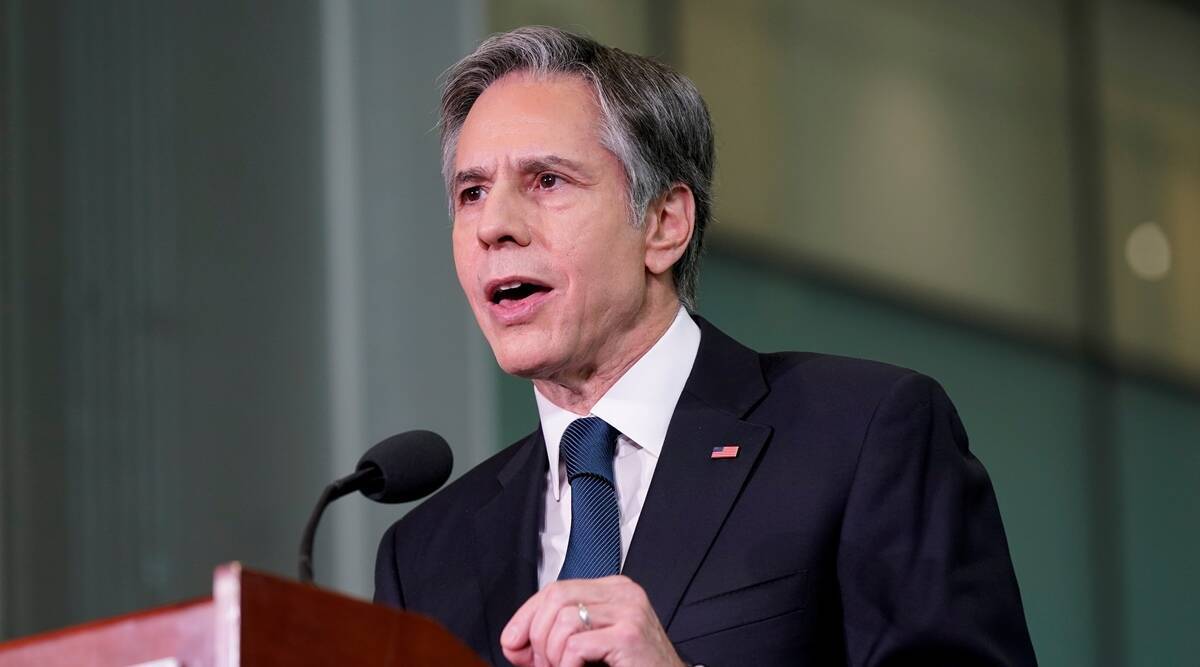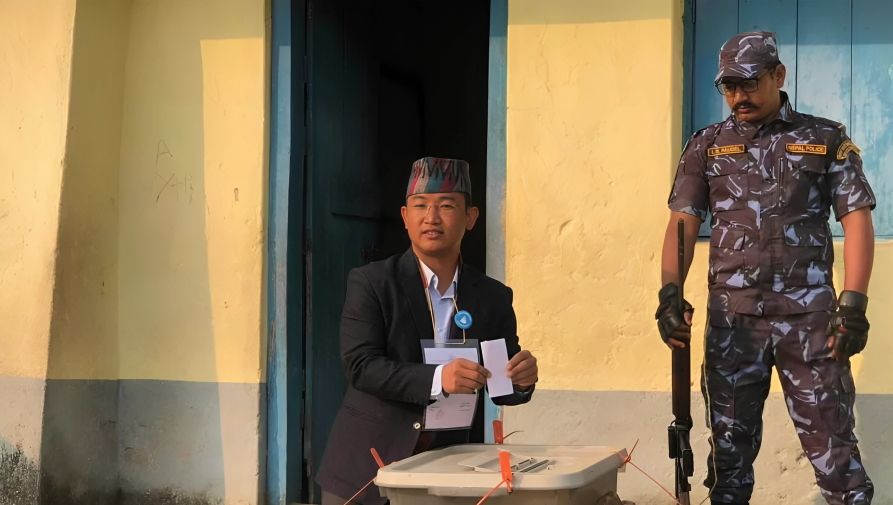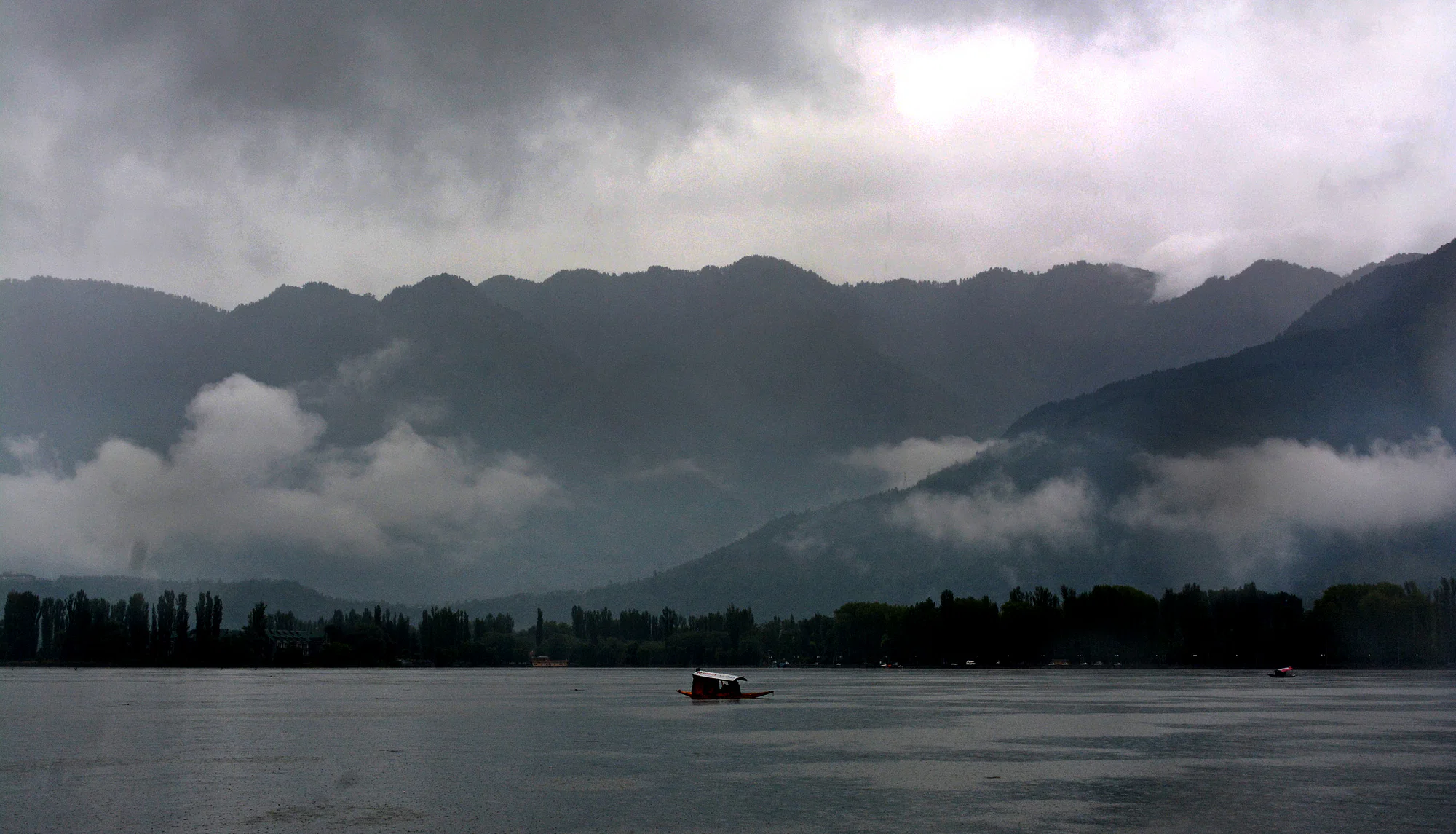How hiking is making tremendous strides
Experts say the air quality around the trails covered with greenery is far better than in the city area.

KATHMANDU: MAY. 30 – Bhagirathi Karki runs a small eatery near Shivapuri National Park. She is pleasantly surprised by the increased footfall in her shop lately.
“I am earning in two weeks what I used to make in about a month earlier,” Karki said. “Ever since the pandemic eased and restrictions were lifted, my business has picked up.”
Her new customers are those who come for hiking in the morning hours in the national park.
Shivapuri National Park, located on the northern rim of Kathmandu, has emerged as a popular hiking destination for Kathmandu residents of late.
As the pandemic-induced curbs led to the closure of public places, including gyms, those trying to stay fit found solace in trails around Kathmandu Valley. Hiking became a new fad for not just fitness enthusiasts but also those who sought some time in peace or those who wanted to spend time with friends and families outdoors.
Antim Rokaya and Preeti Kafle, both in their mid-20s, say the city’s hubbub, claustrophobic clutter, and need for fresh air drove them into taking up hiking.
“I find hiking a better way to spend our free time,” said Kafle. “There is no escaping the urban landscape in Kathmandu except when you hit a trail.”
In the last two years, popular hiking trails—Shivapuri National Park, Amitabha Monastery, Kakani, Phulchowki, Nagarkot, Sundarijal, Champadevi, and Chisapani, among others—in and around the Valley have seen an increase in the footfall of hikers making their way into the wild.
Most of the COVID restrictions have now been lifted but the threat of another wave of the pandemic lingers in the air with various states in neighbouring India reporting a new surge in cases.
“In such a scenario, it would be unwise to resume physical contact with people. It feels uncomfortable,” said Rokaya. “So the only other option to be out in the open is to go on a hike.”
Kathmandu, the capital and most populated city of the country, offers the best amenities—be it cinemas, pubs, bars, or gymnasiums, apart from schools and colleges. But the city is one of the most polluted in the world, with experts on many occasions warning against jogging within the city area in the morning.
Experts say the air quality around the trails covered with greenery is far better than in the city area.
Archana Shrestha, a schoolteacher and a regular hiker, says she used to go hiking in the Shivapuri National Park area and along the Sundarijal trail earlier too. But she turned into a regular hiker after the pandemic.
Shivapuri National Park covers an area of 118 square kilometres, and over the years it has become a major hiking destination for locals and tourists alike.
“I go on a hike to get away from the city’s noise. Hiking is an escape for me,” said the 24-year-old. “Two years ago, I would not come across a single person on the Shivapuri hiking trail but these days I encounter dozens.”
According to data from the Shivapuri National Park, nearly 2,000 tourists visit the park during weekends. “Most of them come to hike. The number of hikers has gone up in the last few years,” said Manjit Bista, a ranger at the park.
An activity of moderate difficulty, hiking is making such tremendous strides that just about everyone seems to be climbing the small trails around the Valley.
Romkanta Pokhrel, in his late 40s, says he has covered almost all the hiking trails in and around Kathmandu Valley.
“Since the pandemic, several people in my circle have approached me asking about hiking trails,” Pokhrel, a PhD scholar and a teacher, told the Post. “Hiking is a good fitness activity but it’s equally good for the mind as well. Hiking takes us closer to nature.”
Nepal has always been famous for trekking activities. Thousands of tourists visit the country every year for mountain treks, with the most popular being the Annapurna Base Camp. Such mountain treks, however, last weeks and need good preparation.
But hiking is about walking up small trails for a couple of hours, hikers say.
According to Prakash KC, a physical trainer and nutrition consultant, hiking is good for health in many ways, especially for people who don’t want to lift heavy weights or who do not like gym workouts.
“Walking for a couple of hours boosts stamina and conditions the muscles,” said KC.
Doctors, however, say while hiking may have its own health benefits, one needs to pay attention to certain aspects of it before undertaking the activity and that people should not just hit the trails because everyone is doing so.
According to Dr Rakesh Shrestha, a physiotherapist at the Annapurna Neuro Hospital, people with medical conditions should consult their physicians before going on a hike.
“Since it involves walking up the trails, some might suffer from altitude sickness or have difficulty in breathing,” said Shrestha. “If a person has no health issues and the body can adapt quickly to the new environment, one can go for it because it can bring tremendous health benefits.”
He said that he has encountered some incidents where people have collapsed while hiking. “There are pros and cons to everything,” he added.
While the health aspect as suggested by doctors is one issue about hiking, the increased footfall around the Valley’s trails has created yet another problem.
Pokhrel, the avid hiker, says during his recent hike to the Amitabh Monastery trail, northwest of Swayambhu, he was shocked to see the garbage strewn around the trail.
Officials at the Shivapuri National Park also say with the increase in the number of hikers, the trails are getting littered with plastic bottles and food wrappers.
“Although we have very strict rules about waste disposal inside the park area with penalties in place for irresponsible hikers, we still come across plastic bottles, wrappers, masks and waste paper littered inside the park,” said Bista, the park ranger.
Laxman Poudel, chief conservation officer at the park, said irresponsible garbage disposal inside the national park is also putting the wildlife in danger.
“A few months ago, I found beer bottles, tin cans, cigarette butts and plastic waste in the national park. If the animals in the conservation area consume such waste, it could be lethal for them,” said Poudel.
“Most of the hikers who come here are youths and they usually come in groups. They carry their own food and snacks, and even though they should take their waste back with them, most don’t.”
-Kathmandu Post









